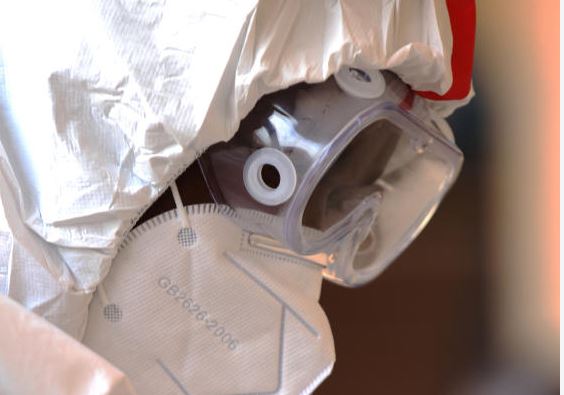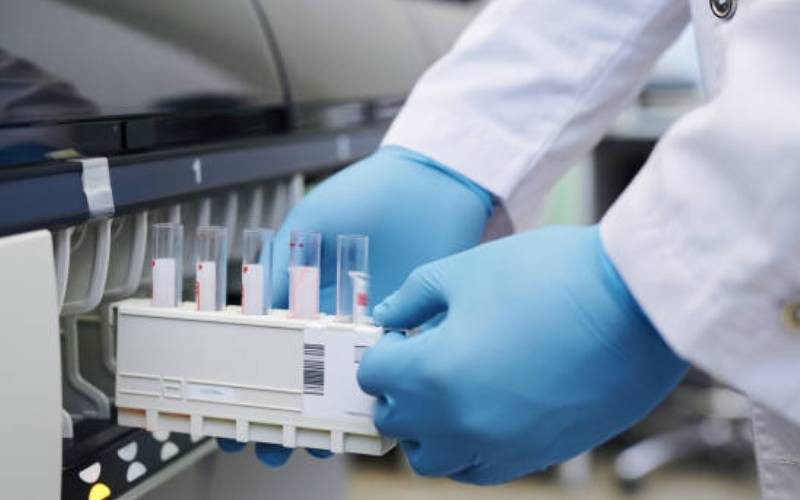
A young population, more asymptomatic cases and less urban population are some of the factors that have saved Kenya from devastating Covid-19 outcomes.
But as the country is gradually re-opening, there are concerns these same factors may plunge the nation into a second wave which Dr Githinji Gitahi, Amref Health Africa Chief Executive Officer, says is inevitable.
“You cannot avoid a second peak, what you can do is manage it so that it does not overwhelm the health care system. The strategy is to watch the wave and when it is too high, close the country. But the problem is not the wave, but how many people will require health care in case it happens,” Dr Gitahi noted.
On the positive side, Kenya, compared to countries with better health systems like Italy, United States and France, has been spared from the worst of the pandemic considering 93 per cent of the confirmed Covid-19 cases are asymptomatic.
Rise in hospital cases
But the concern is if only seven per cent of confirmed cases have symptoms, how will the country know it is facing a second wave of the disease?
“Take for example, if 93 per cent is (93 per cent) of 10,000 people versus seven per cent of a million. Whatever number it is, if you have more people infected, the seven per cent will still be noticeable. And that is why we are seeing counties like Nakuru are seeing many people hospitalised and reports are coming from hospital that they are receiving more cases with symptoms of the virus,” says Gitahi.
He explains further: “Whichever the case, that seven per cent will be noticeable, because they will end up in a facility whether a pharmacy, health centre or referral hospital.”
The resurgence of Covid-19 cases, is not only a Kenyan phenomenon as other nations have reported what they term second waves.
For instance, few days ago, France issued a four-week ban on weddings and instituted a curfew to tame the new growing numbers.
Dr Maria Van Kerkhove, World Health Organisation Technical Lead Covid-19 noted that areas like Europe are already experiencing slack back to the days when the pandemic was at its peak with more hospitalisation and intensive care cases.
But there are hopes the country may handle the new storm approaching.
“The difference is we have testing capacity, and medical facilities have beds and medics better trained and with experience. We have public that understands what they need to do to protect themselves,” said the WHO official.
Meanwhile, since September 1, Kenya has reported 9,379 cases and 236 deaths. This means within one and a half months, the country has recorded 30 per cent of its total death, which stood at 813 on Friday (October 16).
Ministry of Health Director General Dr Patrick Amoth said despite the surge in deaths, the country’s case fatality ration (1.9 per cent) is still below the global rate.
Majority of deaths – 43 per cent – are persons aged above 60 according to the October 13 situational report by the Ministry of Health.
This is while majority of cases – 32 per cent – are persons aged 30 to 39, followed by 20 to 29, and 0 to 19.
Testing of learners
The latter age group, made up of school going children, have been ordered back to school. This lot, together with those below 40 are largely asymptomatic which poses the challenge of a possible surge in numbers.
“We have put a surveillance system in place to monitor any increased case especially in schools. We also plan to do random sampling in schools to establish the rate of infection,” said the DG.
Analysis of Covid-19 numbers so far show just 1.3 per cent of the country’s population of 47 million has been tested.
From the 611, 552 samples tested as of Friday, the number of confirmed cases stood at 43,580.
The country’s testing guidelines prioritise just persons with symptoms, which means there could me more cases yet to be confirmed.
This premise is confirmed by the latest increasing numbers, as a result of more samples being tested, and at times higher positivity rate without necessarily larger samples.
For example, the positivity rate on October 13 was 12.2 per cent as 318 people tested positive from 2, 592 samples while the most samples tested since September 15 are 6, 872 on October 10 with 538 cases, a positivity rate of 7.8 per cent.
Both positivity rates are above the five per cent threshold put by the World Health Organisation which should guide a country that the pandemic is under control.
These numbers (cases and positivity rates) are set to increase even further with the reopening of the economy.
Health DG however has disputed increased numbers as a sign of second wave, saying the country has not yet flattened the first (wave).
This second wave, explained Dr Gitahi will be as a result of the delay of the spread of the virus from urban to rural areas and by how many people can get infected by one person.
Despite there being more people in rural areas (69 per cent) according to the Kenya National Bureau of Statistics, the virus has dominated urban areas more –Nairobi and Mombasa – due to congestion and closed spaces.
“When the virus gets there (rural areas), it will not have the same force of transmission as when it is in the urban. In those areas, you may have second smaller and flatter wave because people are not moving too much so there might have another peak but not that high,” he explained.
 The Standard Group Plc is a multi-media organization with investments in media platforms spanning newspaper print
operations, television, radio broadcasting, digital and online services. The Standard Group is recognized as a
leading multi-media house in Kenya with a key influence in matters of national and international interest.
The Standard Group Plc is a multi-media organization with investments in media platforms spanning newspaper print
operations, television, radio broadcasting, digital and online services. The Standard Group is recognized as a
leading multi-media house in Kenya with a key influence in matters of national and international interest.











